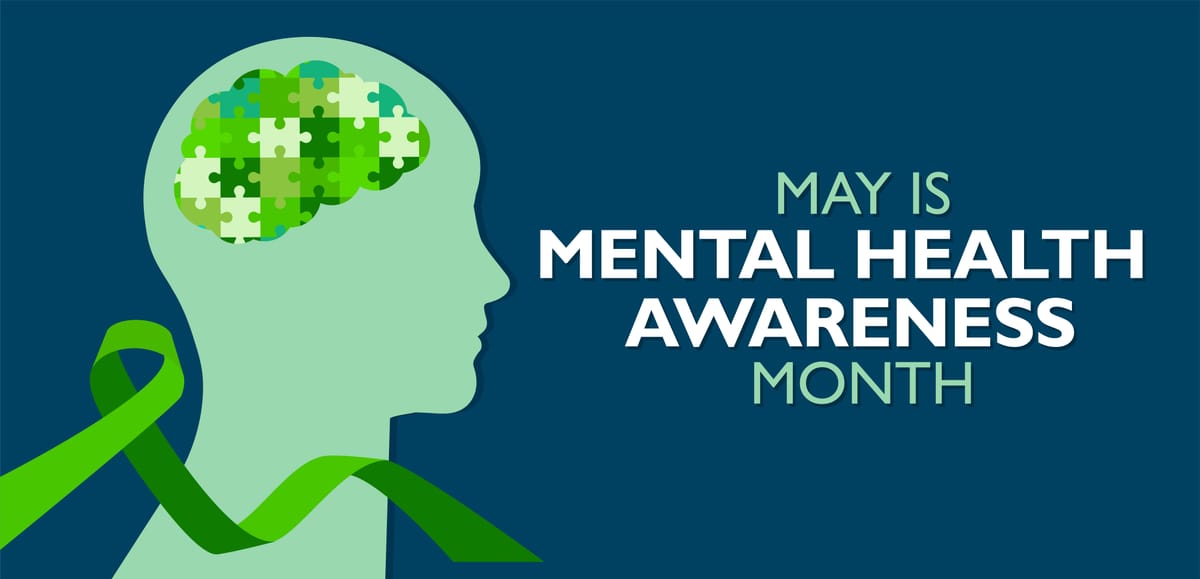When My Therapist Met the Algorithm: Navigating the Rise of AI in Mental Health

By Mike
The first time I met my therapist, Dr. Marsha, she was wearing a cardigan the color of autumn leaves and holding a mug that read "Keep Talking." That was 23 years ago. Since then, we've navigated the labyrinth of my mind together—through panic attacks that felt like drowning on dry land, through depressions so heavy they bent the light around me, through triumphs that seemed impossible until they weren't. Her office smells like Earl Grey tea and old books. The couch has a permanent impression from my particular way of sitting.
Last month, out of professional curiosity (and perhaps a touch of existential dread), I downloaded an AI therapy chatbot. No cardigan, no tea-stained breath—just algorithms and a cheerful penguin avatar named Wysa asking how I felt today.
"Conflicted," I typed, and meant it.
The Rise of the Digital Therapist
AI therapy chatbots have emerged as frontline mental health workers in a world where human therapists are increasingly outnumbered by those needing help. These digital companions—Woebot, Wysa, Elomia, and others—promise 24/7 availability with no waiting lists, no judgment, and often little to no cost.
Woebot, developed by clinical psychologists at Stanford, guides users through cognitive-behavioral therapy techniques, helping reframe negative thoughts into more balanced ones. Research has shown it can reduce symptoms of depression and anxiety among college students. Wysa combines evidence-based therapeutic approaches with mindfulness exercises and has demonstrated effectiveness in reducing depressive symptoms in clinical trials.
The allure is undeniable. Who hasn't wished for a 3 AM confidant when anxiety turns sleep into an impossible proposition?
What the Bots Get Right
During a particularly rough week, I found myself typing to Wysa: "I can't stop worrying about things I can't control." The response was measured, reasonable: "That sounds really difficult. Would you like to try a short breathing exercise to help ground yourself?"
I did. It helped—not profoundly, but enough.
The accessibility of these tools represents a genuine breakthrough. For people in rural areas, those with mobility issues, or anyone facing the prohibitive costs of traditional therapy, AI offers a lifeline where none existed before. The algorithms don't get tired, don't take vacations, don't have biases shaped by their own troubled childhoods (though they certainly inherit the biases of their creators).
I asked Dr. Marsha what she thought about her digital counterparts. She paused, tapping her pen against her notepad—a gesture I've come to recognize as her thinking deeply.
"They're tools," she finally said. "Valuable ones for many people. But tools nonetheless."
The Human Element
What Dr. Marsha didn't say—what I suspect she was too gracious to point out—is what these chatbots lack. They cannot truly feel with you. They cannot sit in silence that somehow says more than words. They cannot notice the slight tremor in your hand that betrays the casualness in your voice when you say, "I'm fine."
There have been concerning cases. A chatbot reportedly encouraged a teenager with suicidal thoughts rather than recognizing the danger. Others have provided generic advice for complex trauma, potentially deepening wounds rather than helping heal them.
The developers of these platforms generally acknowledge these limitations. Woebot's team emphasizes it's meant to complement, not replace, human therapists. Wysa notes it cannot handle crisis situations like abuse or suicidal ideation.
Finding the Balance
After three weeks with my AI therapist, I've come to see it as neither savior nor threat but something more nuanced—a first responder in the mental health ecosystem.
For many, these bots serve as an entry point—a way to become familiar with therapeutic concepts before taking the intimidating step of sitting across from another human and saying, "I'm not okay." For others, they provide maintenance between sessions, reinforcing techniques and offering support during vulnerable moments.
What seems clear is that the future of mental health care isn't either/or but both/and. The technology will continue to advance. The algorithms will become more sophisticated. But the core of healing will always involve human connection—whether that's eventually finding your way to a therapist like Dr. Marsha, joining a support group, or building deeper relationships with friends and family.
As I sit in Dr. Marsha's office this week, watching sunlight filter through her blinds and cast patterns on the floor, I feel grateful for both the technological advancements that may help more people access care and the irreplaceable human presence across from me who knows that sometimes, healing happens in the spaces between words.
The chatbot may understand my patterns, but Dr. Marsha understands me. And in mental health, as in life, being truly understood might be the most powerful medicine of all.